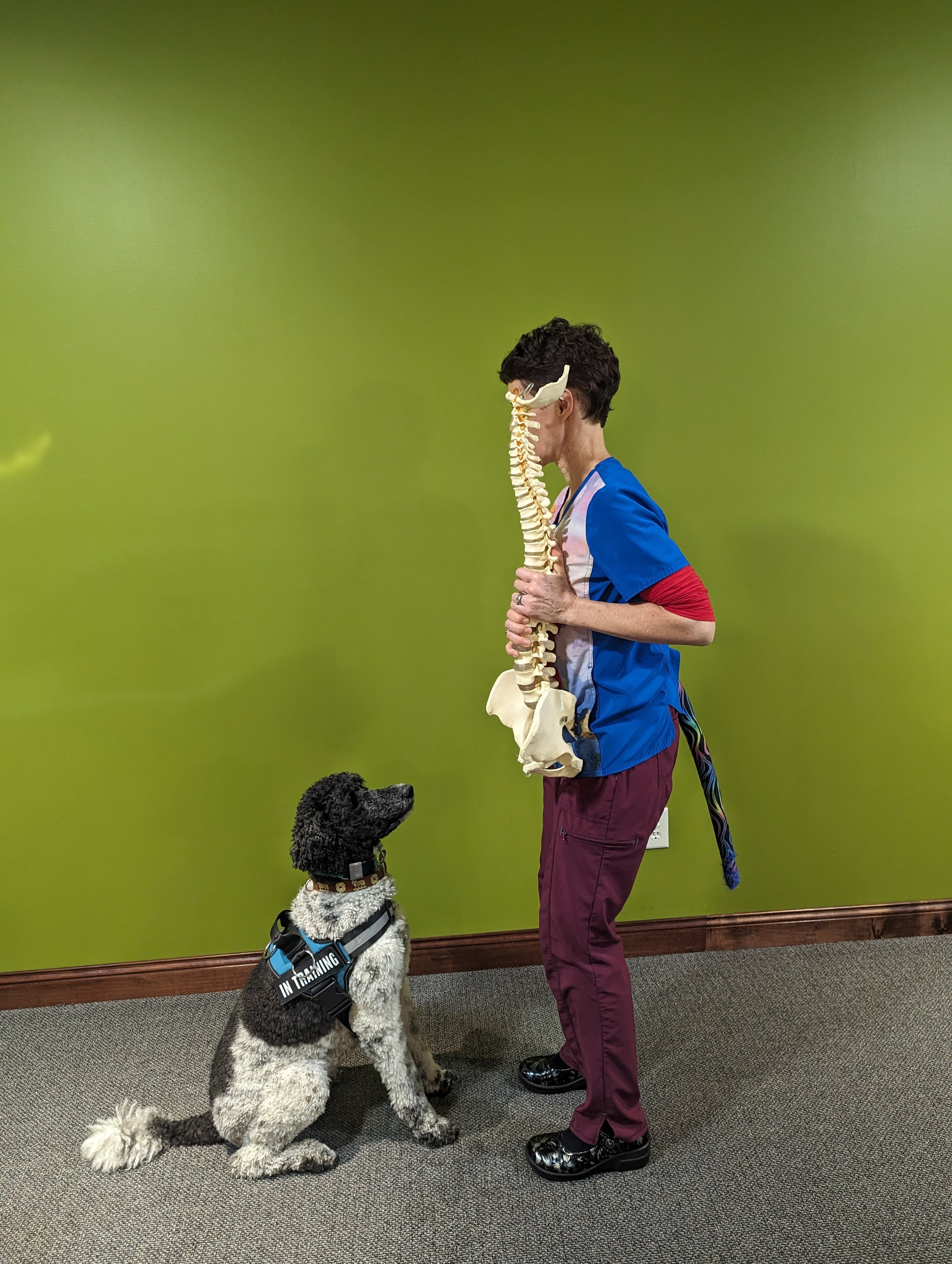When it comes to fat-soluble vitamins, vitamin D3 has been getting the lion's share of the attention and probably for good reasons. It has ramifications in a multitude of areas from bone mineral deposition to immune system function to cognitive and mood function to inflammation control. And vitamin D3 levels can be hard to sustain because of lack of skin exposure to sunlight in colder climates, as well as increased requirement in our diet from a variety of environmental factors, to poor absorption etc.
In this blog, I wanted to briefly talk about the forgotten cousin to vitamin D3 which is vitamin K 2. In reality, we should be talking about the balance of all fat-soluble vitamins together (D3, K2, straight vitamin A, and a vitamin E isomers), but for the sake of simplicity and brevity, I'm just going to touch on vitamin K 2 today.
Vitamin D3 and vitamin K2 under ideal circumstances exist in a balance which help them regulate in particularly calcium deposition and metabolism. Vitamin D3 is involved in increased absorption of calcium through the gastrointestinal tract, as well as mobilization of blood levels of vitamin D3 in general for a variety of purposes. Vitamin K2 also has a variety of metabolic activities, including the very important function of ensuring that calcium is deposited in bony matrix, rather than remain in the serum, where elevation may lead to deposition of the calcium in tissues where they are not beneficial, such as soft tissues and blood vessel walls.
Vitamin K 2 is found in meaningful amounts in a relatively narrow number of foods. In the standard American diet, it's mainly going to be naturally fermented cheeses, as well as egg yolks, but in other parts of the world, fermented foods such as fermented soy, or any fermented vegetables like sauerkraut will also provide meaningful amounts. Vitamin K 2 may be functionally insufficient in people's diet for several reasons, including the most common ones below that we encounter in our practice:
– patients on a restricted diet such as dairy intolerance or allergy, which limits 1 of the most common sources in the standard American diet. Vegan diets tend to also be very low and vitamin K2
– several G.I. issues, especially chronic G.I. inflammation, can lead to malabsorption
– patients on very high doses of vitamin D for a variety of reasons, from immune support, to concern over osteoporosis and osteopenia. High doses of vitamin D3 without proper concurrent supplementation of vitamin K 2 will lead to depletion of vitamin K2 over time.
– Patients with a history of calcium deposition disease, such as chronic calcific tendinitis, strong tendency towards osteophyte formation, tendency towards vascular calcification, and kidney stones. Those patient populations may need and benefit from isolated K2 supplementation
Vitamin K2 is surprisingly well-tolerated when supplemented, has an extremely low toxicity even at higher doses. The only area of real contraindication is patient taking anticoagulants in the warfarin family, while it's notable that the new generations of anticoagulants actually does not interact with vitamin K 2. There are no really good vitamin K 2 lab tests available in routine clinical practice, except for a few surrogate markers. Deciding to supplement vitamin K2 often boils down to taking a good history, and an empirical trial of care. We are slowly shifting our clinical practice patterns of recommending supplementation to recommending some vitamin K 2 along with vitamin D3 above 1000 IUs of daily supplementation in the majority of patient who do not have natural cheeses and eggs as part of their daily diet, or who have some of the above listed medical conditions where therapeutic doses of vitamin K 2 beyond normal dietary intake is indicated.













